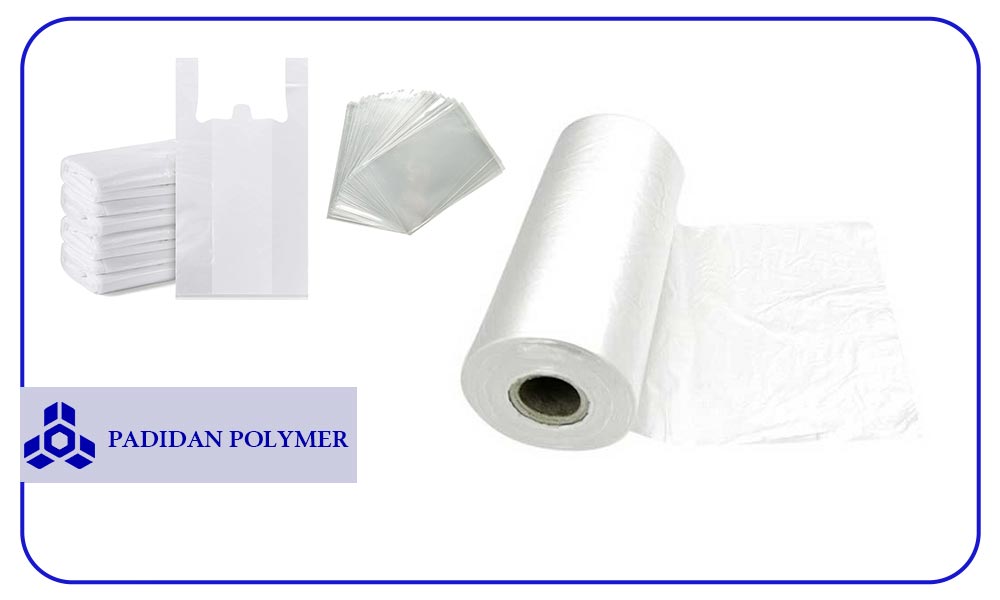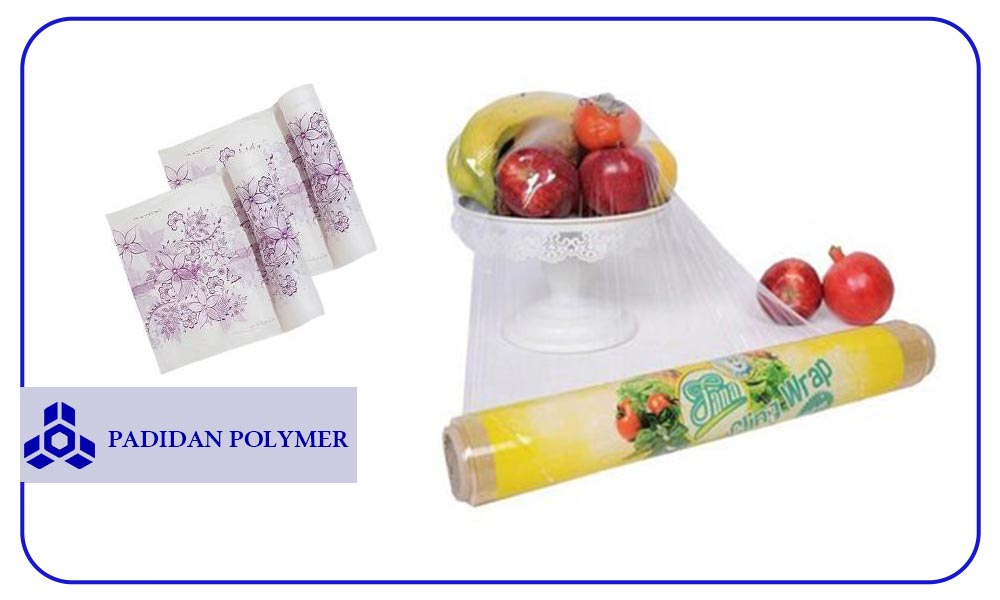Nylex production materials
In today’s world, Nylex is known as one of the most widely used materials in the packaging industry and the production of various products. This material has gained attention due to its unique features such as lightness, resistance, and reusability. In this article, we will review the main materials of Nylex production, production processes, applications, and its environmental impacts. We will also discuss important points such as the advantages and disadvantages of this material, and the challenges facing the Nylex industry. In the following, we will examine the new trends in the production of Nylex and its alternatives.
Raw materials for the production of Nylex
Nylex, also known as polyethylene, has a rich history dating back to the early 20th century. This material gradually became one of the main materials used in the packaging industry. The invention of Nylex as a new material created a revolution in the packaging industry and led to the production of various types of products.
In this article, we examine the characteristics of this compound, its applications in various industries, and its advantages and disadvantages. Providing quality products to the consumer has always been our priority, so in order to have a higher level of quality and service in the product, to produce with Call the polymer phenomenon.
The price of Nylex production materials
Nylex production raw materials mainly include low density polyethylene (LDPE) and high density polyethylene (HDPE). These two types of polyethylene are used in the production of Nylex due to their special characteristics. Due to its greater flexibility and elasticity, LDPE is suitable for the production of thin and light nylons, while HDPE is used for the production of thicker and more durable nylons due to its greater strength and resistance.
Pedean Polymer is a supplier of all kinds of Nylex production materials such as HDPE F7000 compound. To get information and product prices, contact our colleagues (021-22011129).


Nylex production materials
Main features of Nylex
High resistance Nylex has high strength and durability due to its polyethylene structure. This feature makes it able to withstand relatively heavy weights.
Lightweight and Portable Nylex is easily portable and light in weight, making it easy to use in any situation.
Moisture resistance This product is waterproof and can protect its contents against moisture.
Printability and design Nylex can be printed easily and you can display different logos, brands and designs on it. This feature makes it a suitable tool for advertising.
Variation in size and thickness Nylexes are produced in different sizes and thicknesses, which makes it possible to choose the most suitable option for specific needs.
Nylex production process
The production process of Nylex includes different stages that start from the combination of raw materials and lead to the final formation of the product. These steps include melting, extrusion, and shaping into Nylex. In these steps, polyethylene becomes liquid and then it is formed into different nylons.
Applications of Nylex
Nylex is used in various industries. Food packaging, production of shopping bags, and use in the clothing industry are just a few examples of the uses of this material. Due to the lightness and resistance of Nylex, this material is known as an ideal option for packaging various products.
The list of products known as Nylex (with heavy polyethylene blown film grades) is as follows:
freezer bag
Disposable table
Nylex stiletto handle (bag with handle)
garbage bag
Food cellophane


Advantages and disadvantages of Nylex
Nylex has many advantages, including low cost, ease of production and transportation, and recyclability. However, its disadvantages include negative effects on the environment and non-degradability in nature. This issue has made the need to investigate suitable alternatives for Nylex more felt.
New trends in Nylex production
In recent years, new trends have started in the production of Nylex. The use of new technologies such as 3D printing and nanopolymers has helped to produce nylons with better characteristics and higher performance. These trends not only help to improve the quality of nylons, but can also lead to the reduction of negative environmental effects.
Challenges of Nylex industry
Nylex industry is facing many challenges. Among these challenges are environmental laws and regulations, competition with sustainable alternatives, and the need for innovation in production processes. To face these challenges, industrialists must look for innovative and sustainable solutions.
conclusion
As an important material in the packaging industry, Nylex has various features and applications. However, its negative effects on the environment and the challenges facing the industry have made the need for sustainable and innovative alternatives more felt.
The future of Nylex depends on the joint efforts of industrialists, researchers, and society to move towards the production of sustainable and environmentally acceptable products. Finally, the detailed knowledge and examination of Nylex production materials can help to develop better solutions to solve environmental problems and improve the quality of human life.
